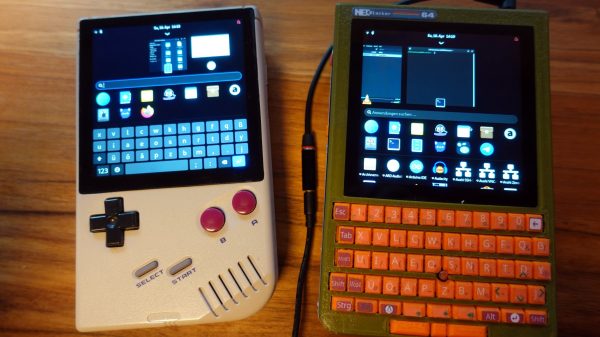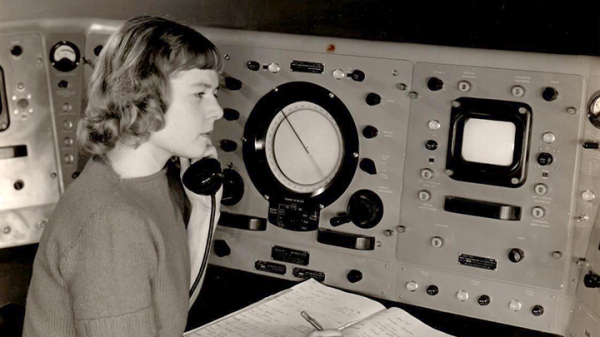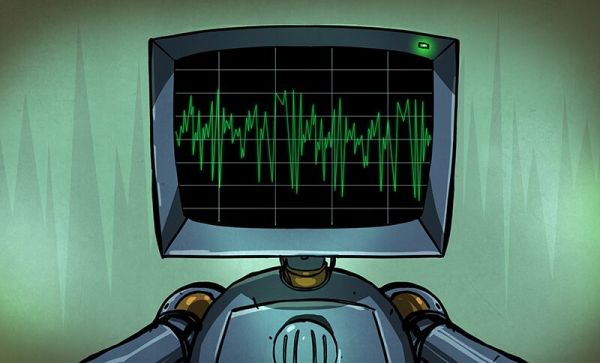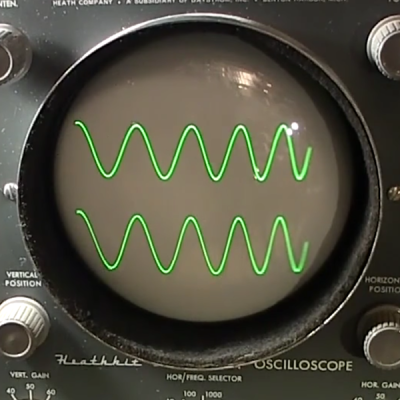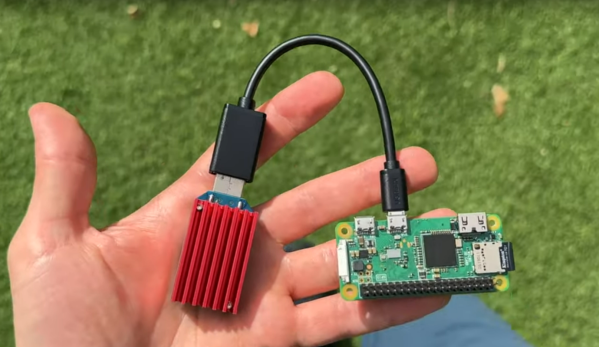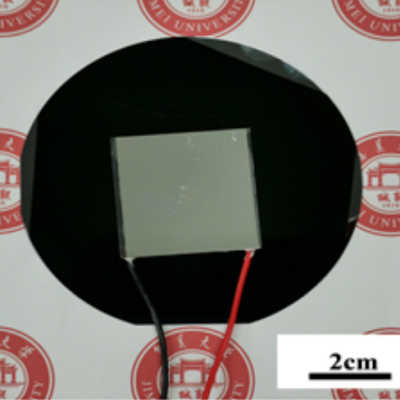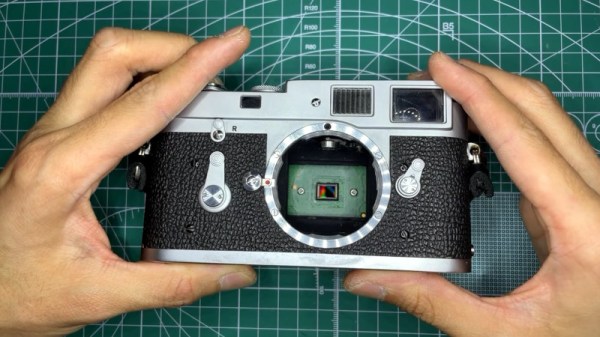Science fiction always promised us pocket computers. These days, we’re spoiled for choice. [Spider Jerusalem] eschewed a simple smartphone or tablet, though, instead building a custom pocket computer of their own design.
Like so many other DIY cyberdecks and handheld computers, this one relies on a Raspberry Pi. In this case, it’s built using a Pi 4 with 8GB of RAM, which offers a snappy experience that wasn’t available on the earliest boards. [Spider] paired it with a nifty 720×720 LCD screen and a full QWERTY button pad, wrapped up in a tidy 3D-printed case. Like any good pocket computer, it’s well-connected, thanks to a 4G LTE cellular data connection.
It might seem to be a build without a purpose in this era, but that’s not necessarily the case. When it comes to running barebones Linux utilities at a real command line, a Raspberry Pi offers some utility that the average smartphone doesn’t have out of the box. It’s a useful tool if you need to interface with a server on the go or do some low-level network diagnostics without carrying a whole laptop around. Video after the break.
Continue reading “Hackaday Prize 2023: The NEOKlacker Pocket Computer”

